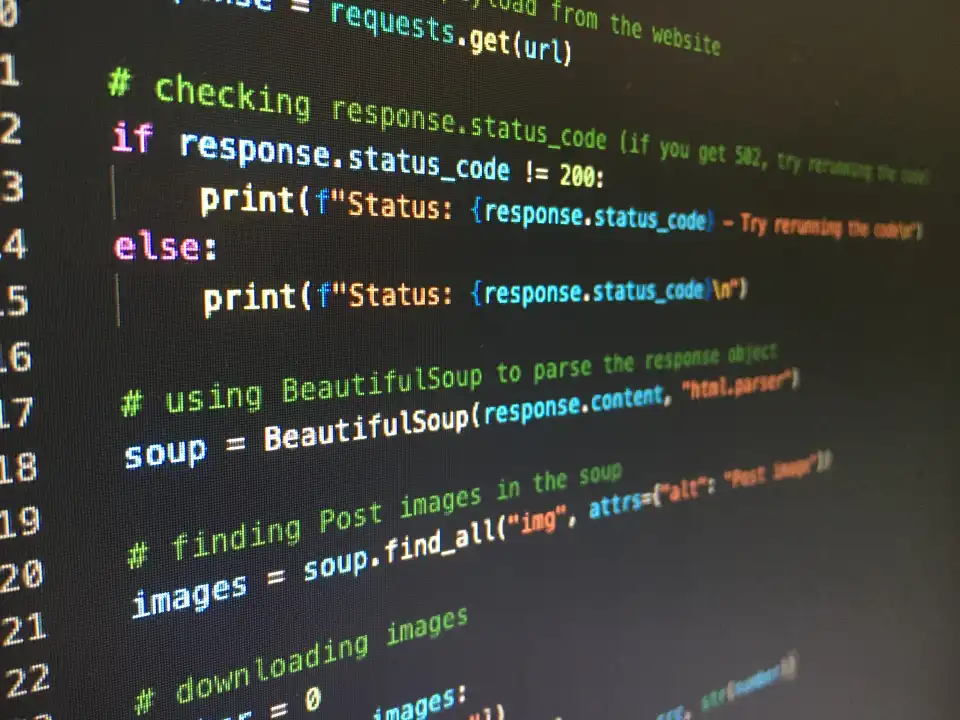It’s time to explore functions in Go. Functions are the fundamental building blocks of any Go program. They are autonomous entities that can take input, produce output, and allow you to break large, complex problems into smaller, manageable, and reusable pieces of code. A well-designed function should do one job and do it well.
Table of Contents
💻 The Basics of Go Functions
A function declaration in Go starts with the func keyword, followed by the function name, a list of parameters, and an optional list of return types. The types come *after* the variable names.
// A function that takes two integers and returns an integer
func add(x int, y int) int {
return x + y
}
// If parameters share a type, you can shorten it
func sameType(x, y int) {
fmt.Println(x + y)
}💻 Multiple Return Values
A powerful feature of Go is the ability for functions to return multiple values. This is often used to return both a result and an error value, which is Go’s idiomatic approach to error handling. This avoids the need to overload return values or use exceptions.
func multipleReturn(x, y int) (int, int) {
if x > y {
return x, y
} else {
return y, x
}
}You can assign the results to multiple variables when you call the function: bigger, smaller := multipleReturn(5, 6).
💻 Named Return Values
Go also allows you to name the return values in the function signature. When return values are named, they are treated as variables defined at the top of the function. A `return` statement without any arguments will then automatically return the current values of those variables. This can improve clarity in short functions.
func namedMinMax(x, y int) (min, max int) {
if x > y {
min = y
max = x
} else {
min = x
max = y
}
return
}More Topics
- Redis Guide: The High-Speed In-Memory Data Store
- Riak NoSQL Guide: What’s the Big Deal?
- MongoDB Guide: Build a Blog with Python and Bottle
- MongoDB Guide: An Admin’s Guide to Maximum Power
- MongoDB Guide: Using Native Drivers with Python and Ruby
- MariaDB Guide: The Open Source MySQL Alternative
- SQLite3 Guide: Getting Started with Python

